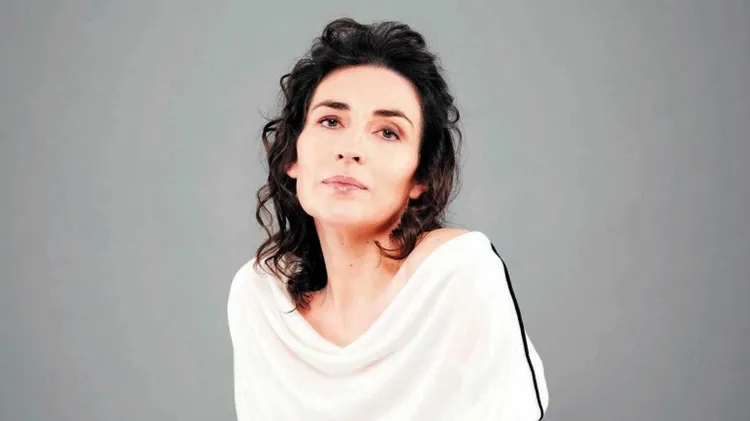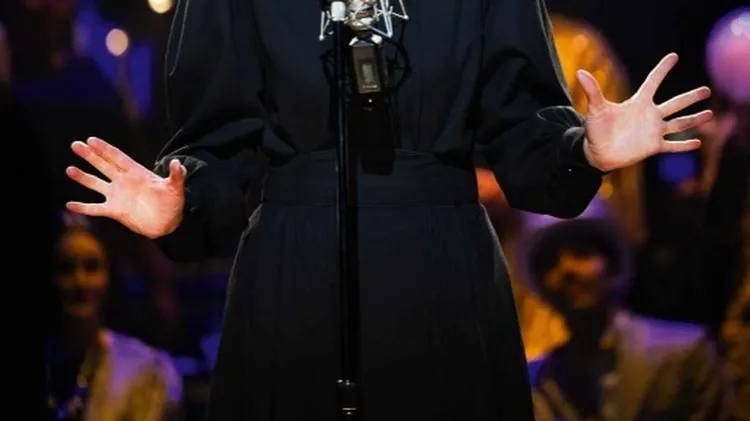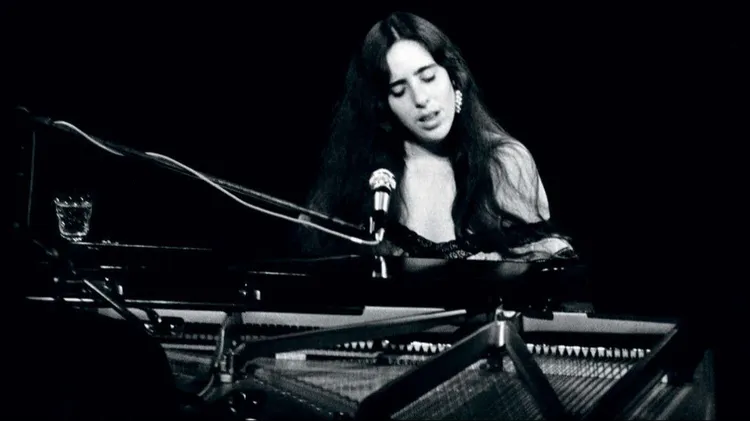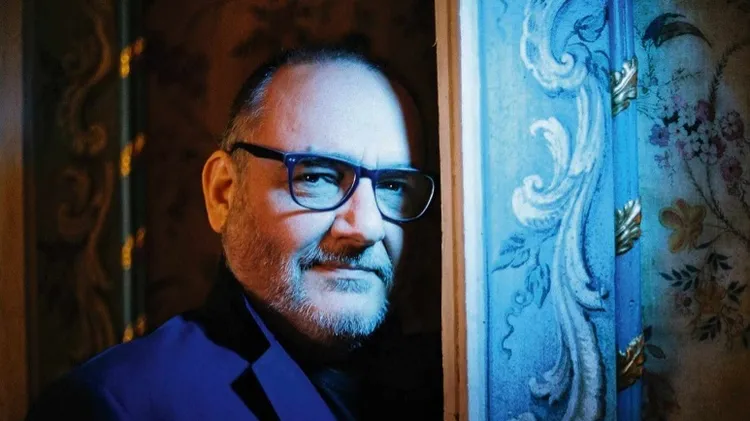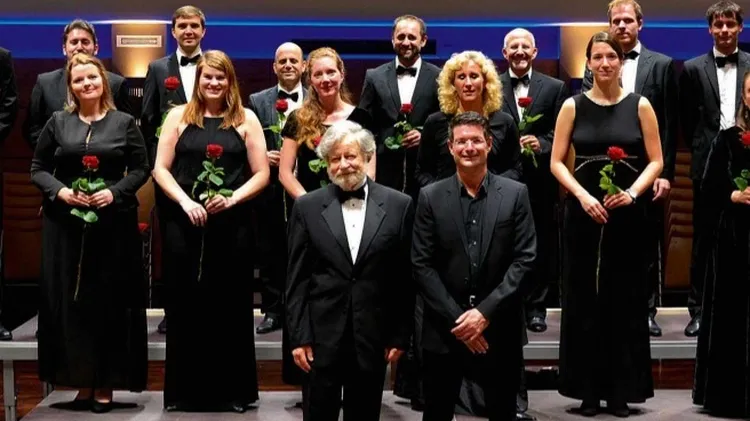As we celebrate the centenary of legendary soprano Maria Callas, Ashutosh
A voice for the ages
10 min read
This article is from...
Read this article and 8000+ more magazines and newspapers on Readly

